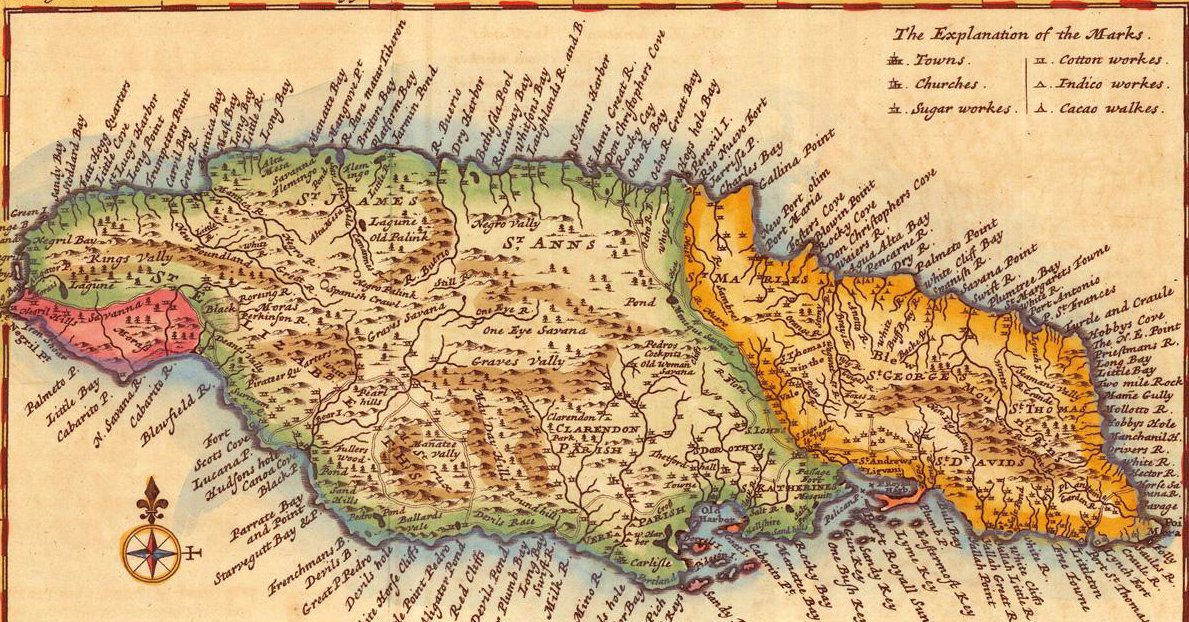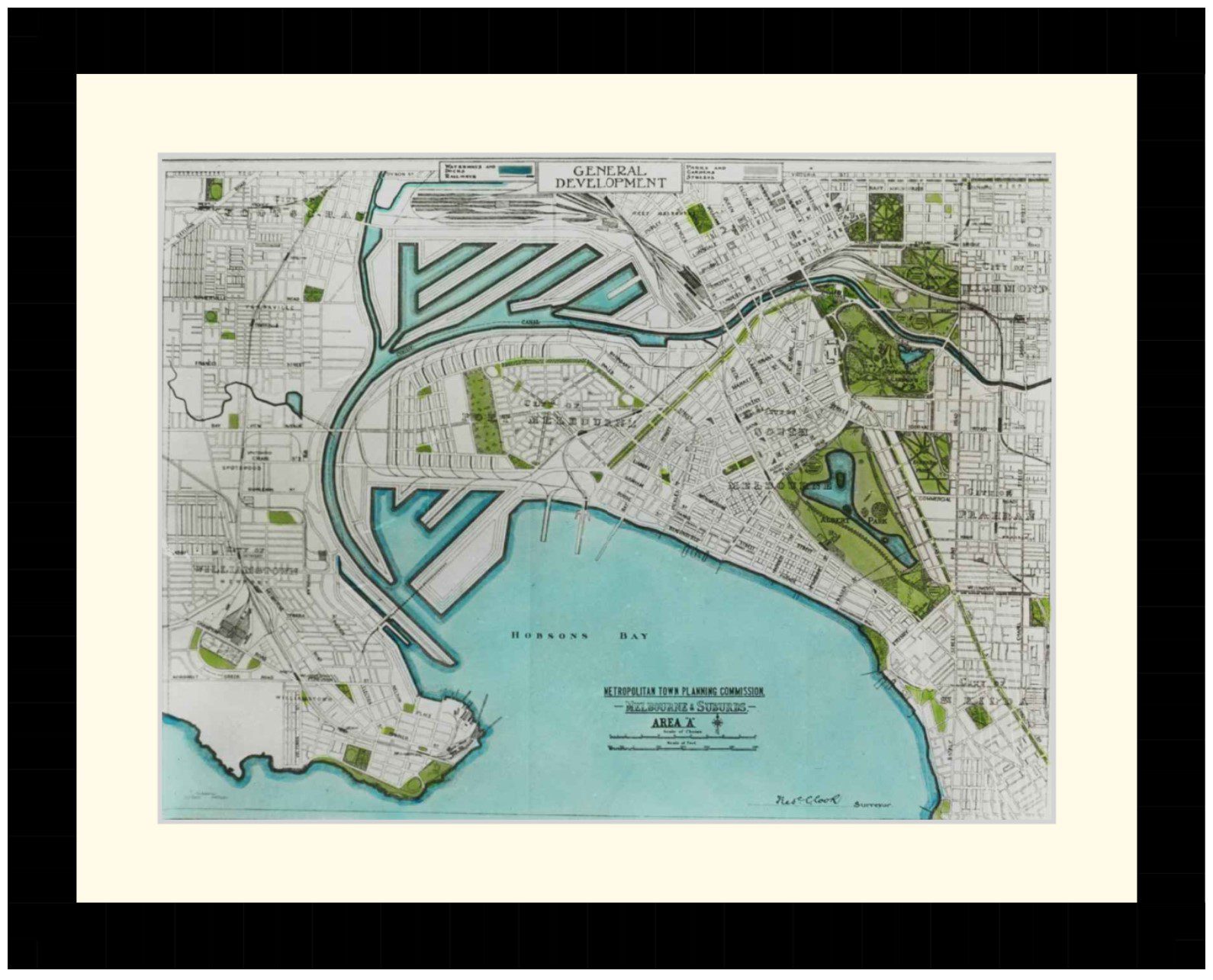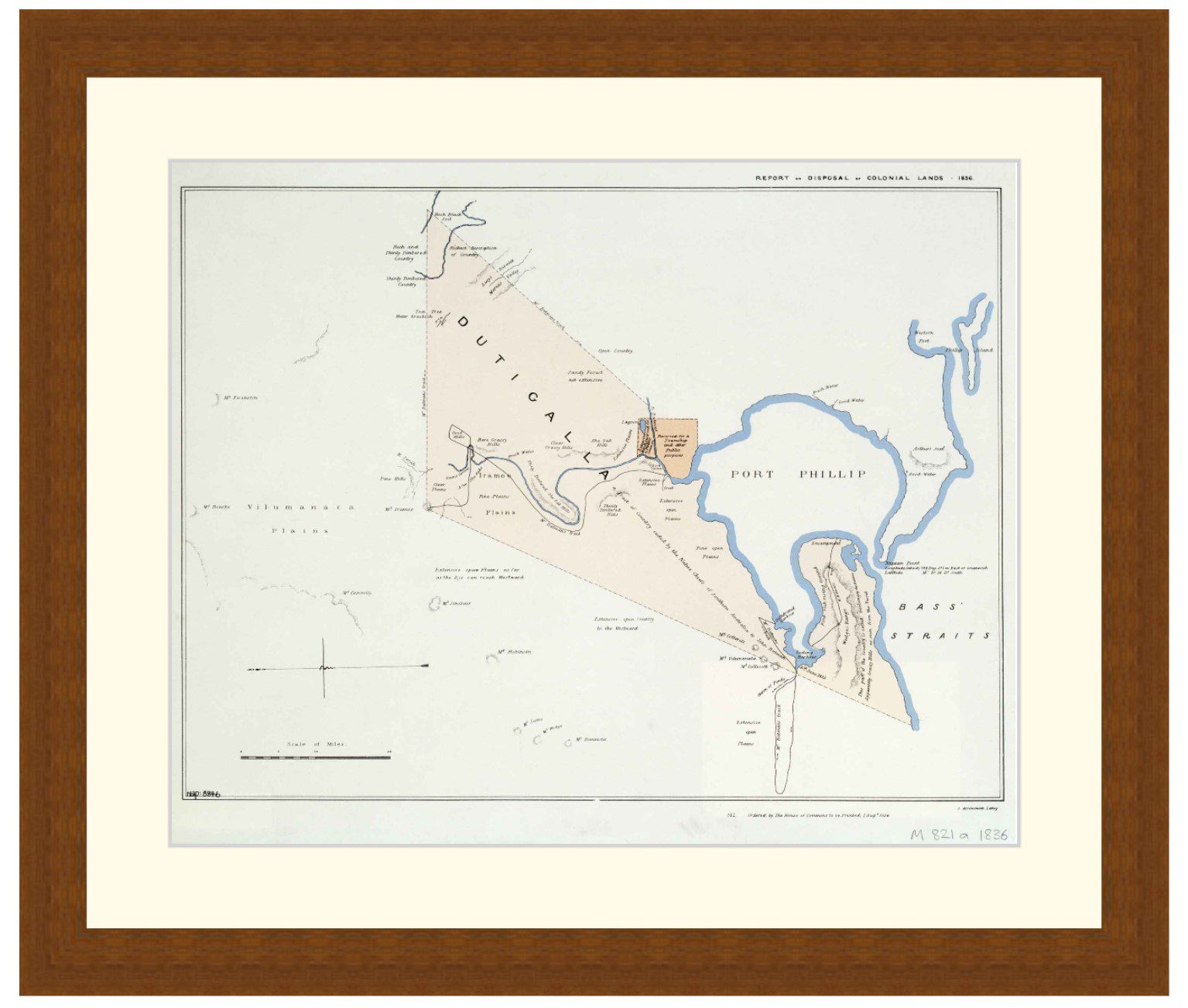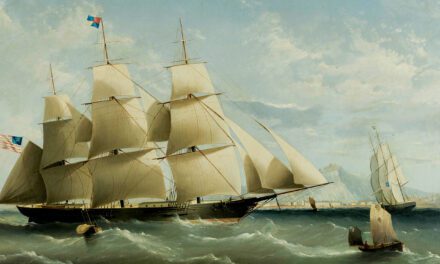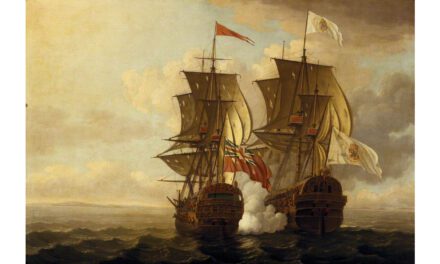History Guild General History Quiz 187
See how your history knowledge stacks up!
Want to know more about any of the questions? Scroll down to learn more!
Have an idea for a question? Suggest it here and we’ll include it in a future quiz!
The stories behind the questions
1. In 1504 which island was Christopher Columbus marooned on for a year?
Jamaica – During his fourth voyage his ships sustained damage in a storm off the coast of Cuba. Unable to travel any further, the ships were beached in St. Ann’s Bay, Jamaica. Some of the officers of the expedition paddled a canoe to Hispaniola to raise the alarm. Eventually a caravel was sent from Hispaniola to collect the men of Columbus’ expedition.
2. Where did the 1877 Satsuma rebellion take place?
Japan – Occurring during the rapid industrialisation and economic change of the Meiji restoration, the Satsuma rebellion saw regional Samurai who’s social and economic positions were being eroded by the end of feudalism fighting pitched battles against the newly formed national army.
3. When was the Taj Mahal completed?
1653 CE – Commissioned in 1631 by the fifth Mughal emperor, Shah Jahan, to house the tomb of his beloved wife Mumtaz Mahal. It was completed in 1653 and also houses the tomb of Shah Jahan himself.
4. What was Genghis Khan’s birth name?
Temujin – Meaning Blacksmith, Temujin was named after a captured enemy chief. He received the title Genghis Khan, which probably meant fierce Kahn, in 1206, as a result of his work to unite the clans of Mongolia.
5. Who wrote ‘The Rights of Man’ in 1791?
Thomas Paine – The the most prominent English advocate of the French Revolution, Paine was indicted for seditious libel by the British Government. The Attorney General, prosecuting, explained to the jury that Paine had written Rights of Man intent on making ‘the lower orders of society disaffected to Government’.
6. In 1956 which famous diver disappeared while covertly studying a Soviet Cruiser visiting Portsmouth harbour?
Lionel Crabb – Crabb came to prominence during WW2, when his unit of divers defended Gibraltar harbour against Italian frogmen. In the early years of the Cold War he had carried out covert dives to conduct surveillance of Soviet warships. His disappearance in 1956 caused a diplomatic incident, particularly because British politicians hadn’t been informed of the operation.
7. The Red Ball Express was part of which conflict?
WW2 – From August through November 1944, 23,000 American truck drivers and cargo loaders – 70% of whom were Black – moved more than 400,000 tons of ammunition, gasoline, medical supplies and rations to battlefronts in France, Belgium and Germany.
8. When did China begin their Belt and Road initiative?
2013 – In the first 10 years of the program China lent US$330 Billion, almost as much as the IMF in the same period.
9. What was the outcome of the 1877-8 Russo-Turkish War?
Russian Victory – The War saw a Russian led coalition invade the Ottoman Balkans. A series of fiercely fought battles raged back and forth, eventually leading to a Russian victory and their capture of Sofia.
10. When did anatomically modern humans, Homo sapiens, first evolve?
300,000 years ago – Generally it is believed that hominids first evolved in Africa and then migrated to other areas. There were four main stages of human evolution. The first, between four and seven million years ago, consisted of the proto hominins Sahelanthropus, Orrorin and Ardipithecus. These humans may have been bipedal, meaning they walked upright on two legs. The second stage, around four million years ago, was marked by the appearance of Australopithecus, and the third, around 2.7 million years ago, featured Paranthropus.
The fourth stage features the genus Homo, which existed between 1.8 and 2.5 million years ago. Homo habilis, which used stone tools and had a brain about the size of a chimpanzee, was an early hominin in this period. Coordinating fine hand movements needed for tool use may have led to increasing brain capacity. This was followed by Homo erectus and Homo ergaster, who had double the brain size and may have been the first to control fire and use more complex tools. Homo heidelbergensis appeared about 800,000 years ago, and modern humans, Homo sapiens, about 300,000 years ago.

